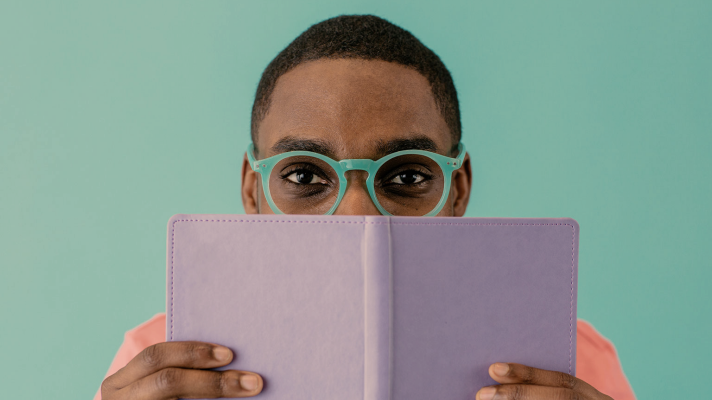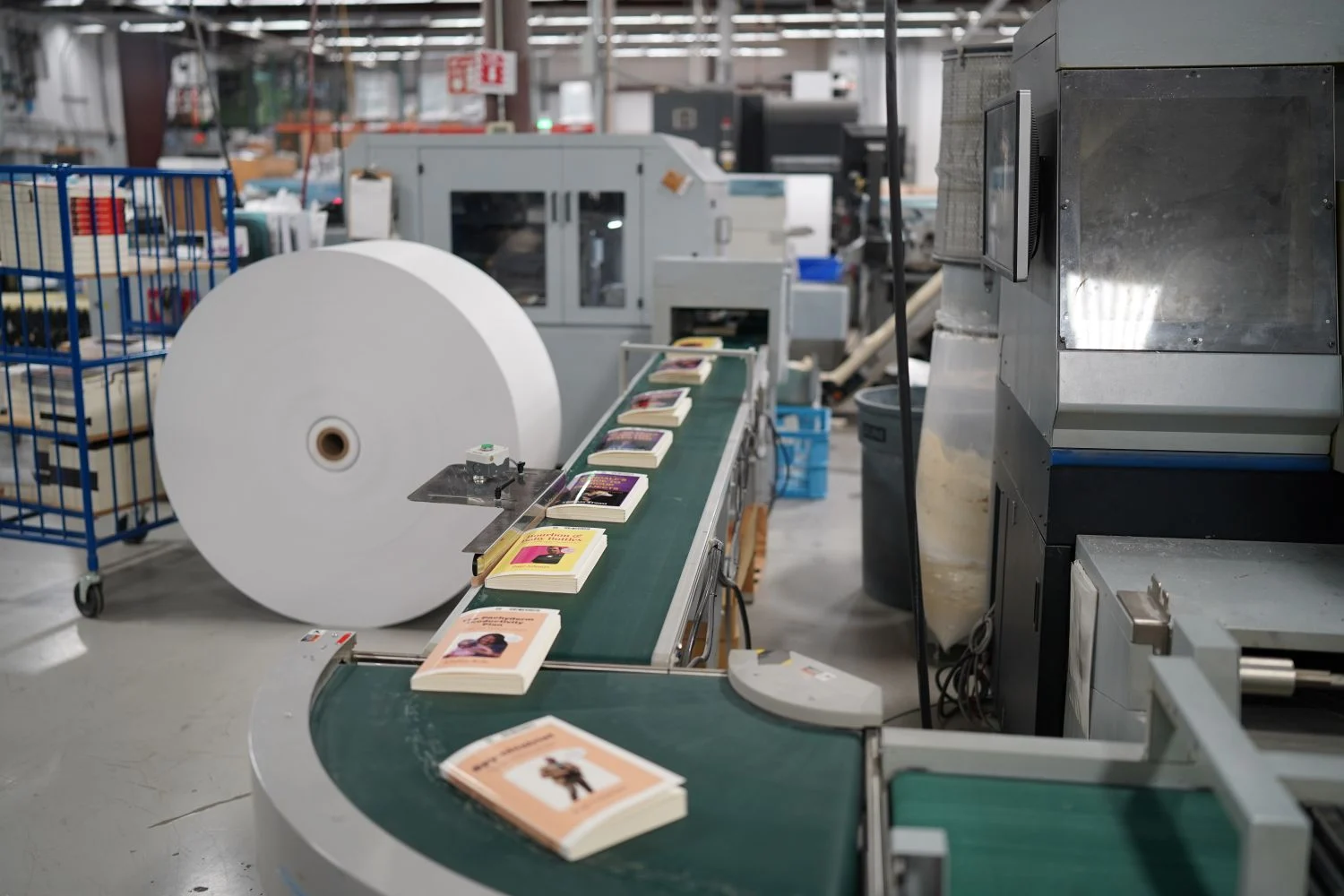As the third and final installment in our sense-sational reads series, we’re going to focus on sight. If you haven’t already, we recommend checking out the smell and touch posts we’ve recently shared. (We thought about continuing the series, but an article on the taste of print would be taking it too far.)
Eye Spy
Our brains are pretty cool, and the way our eyes send information to the brain is impressive. If you remember back to science class, the way sight works is by light first passing through the cornea into the pupil. The amount of light coming through is controlled by the iris – the colored part of the eye. That light then goes through a clear inner part of the eye called the lens, then hits the retina. Photoreceptors in your retina turn the light into electrical signals that travel through the optic nerve to your brain, which turns those electrical signals into the images you see. Scientific American has a great blog post that goes into detail on how the brain processes this information.
This processing all happens really, really fast. MIT neuroscientists found that the brain can identify an image in as little as 13 milliseconds. For reference, the average duration of a single blink is between 100 and 400 milliseconds, according to the Harvard Database of Useful Biological Numbers.
When a page involves text, the whole process becomes even more complicated, using several different regions in the brain. These regions all work together to share that information and turn letter shapes into coherent words. And text written in different languages activate different parts of the brain!
Map it Out
Our brains like to map things out. This is an important part of our ability to recollect what we’ve looked at or read. Print is a great medium for absorbing information, especially compared to digital screens. With print, we can This is something we also touched on in our article, using Ferris Jabr’s hiking analogy.
“We might recall that we passed the red farmhouse near the start of the trail before we started climbing uphill through the forest; in a similar way, we remember that we read about Mr. Darcy rebuffing Elizabeth Bennett on the bottom of the left-hand page in one of the earlier chapters.”
These spatial clues actually help us read by requiring less use of the brain’s working memory.
Look Away from the Light
While computer screens and eReaders certainly have their place, they come with an unfortunate side effect: blue light. Blue light can interfere with the body’s melatonin and circadian cycles, leading to lower quality sleep. Plus, there’s the risk of screen fatigue, which can lead to blurred vision and irritated eyes. Print provides an easy-on-the-eyes, distraction-free experience.
Slow It Down
Did you know that reading long sentences without distractions (like links) is a skill? You need to use it or lose it. Humans actually read screens differently than paper and are more likely to skim the text with an eReader. One study found we also read screens in an F pattern rather than linearly. Much like the way the slow-food movement grew in response to fast food culture, a slow-reading movement has grown to encourage time with a printed book away from distractions.
Eye-resistible
It’s really cool what happens in the milliseconds between when our eyes see something printed on a page and when our brains interpret that message. And it’s pretty amazing that humans have evolved to be able to turn little lines into letters and make words that tell incredible stories. And we can look at a photo on a page and understand what it is in less than a second. I’m very grateful we live in a world with books and magazines and catalogs and, yes, even eReaders.






